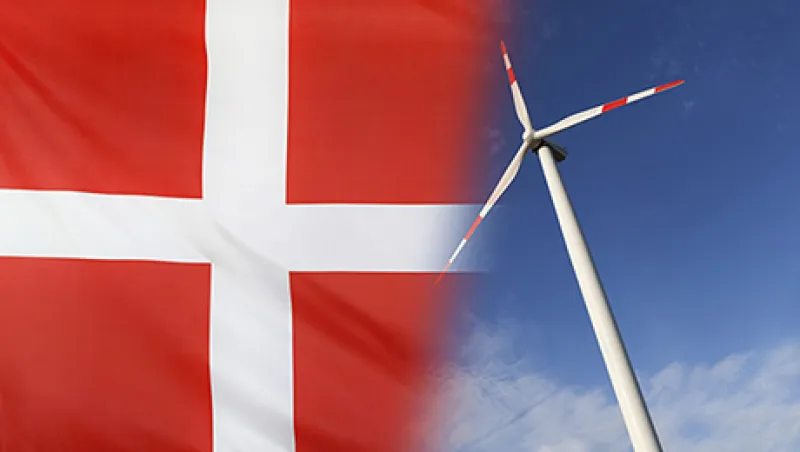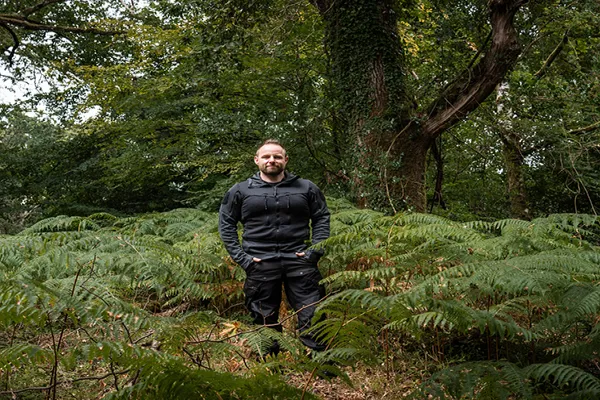Last week Danish Prime Minister Lars Løkke Rasmussen unveiled plans for a new investment fund based on the United Nations’ 17 Sustainable Development Goals (SDG), to coincide with the start of the annual meeting of the United Nations General Assembly. To help kick off the announcement of the fund — a partnership between the Danish government and large pension investors — Rasmussen invited Peter Damgaard Jensen, CEO of Danish pension fund Pensionskassernes Administration (PKA), to New York to participate in a roundtable event entitled “Scaling Up Private Sector Contributions.”
On the eve of the roundtable, Jensen met with Institutional Investor at the Danish consulate to discuss the pension fund’s latest green and social impact initiatives and reveal his goal to raise its allocation to environmental, social and corporate governance (ESG) to 10 percent by 2020, from the current 7 percent. Jensen, who has been CEO of PKA for 15 years, oversees €33.6 billion ($37.8 billion) in three separate pension funds for health care professionals and social workers.
Denmark may be a small country, but it has a large commitment to the health and sustainability of the planet. In support of those interests, public–private partnerships between the Danish government and private pension funds are pouring billions of kroner into European and emerging-markets projects. PKA is one of 125 members from nine countries belonging to the Institutional Investors Group on Climate Change, which works with the European Union and the UN to shape regulations and politics.
The latest initiative by the Danish government, the SDG fund, is managed by the Investment Fund for Developing Countries, or IFU, a Danish government-owned fund. The aim of the partnership, launching in 2017, is to raise $750 million for emerging-markets projects. SDG investments can include climate action, affordable and clean energy, clean water and sanitation. PKA has not yet determined the size of its investment, says Jensen. (This new fund is separate from another, year-old SDG fund managed by the UN.)
The PKA SDG fund is intended to be an accelerator for larger co-investments in projects in the developing world. Estimating that for every $150 million the SDG fund puts into a project, total investment could reach $900 million, the IFU forecasts that the fund may generate investments of around $4.5 billion by 2023.
Of PKA’s 275,000 members, 90 percent of whom are female, Jensen says, “They have the view that if we can get a healthy return, we should make a difference.” That view informs the fund’s investment in microfinance, a sector comprising 70 percent women entrepreneurs. PKA has invested 200 Danish krone (about $30 million) in two Danish microfinance funds that touch more than 5.2 million clients outside the traditional banking sector, on four continents and in 14 countries.
PKA has put its resources to work in other emerging-markets investments as well. One, the Danish Climate Investment Fund, established by the that nation’s government and the IFU, is a public–private partnership to promote the transfer of Danish climate technology to developing countries. Now at $200 million, the fund is expected to eventually grow to $1 billion. In total PKA has invested €2.3 billion in climate projects such as offshore wind farms, forestry, green bonds and the climate fund. Over half — €1.25 billion — is invested in five offshore wind farms in Europe that supply more than 2 million households with clean electricity.
Along with its commitment to wind energy, PKA earlier this year invested €30 million in the €160 million Danish Agribusiness Fund, a partnership of the IFU and a number of large pension funds. The fund will invest in Asia, Africa, Latin America and parts of Europe to boost food production. It is anticipated to generate close to €800 million in improved production, distribution and sales of food in developing countries.






